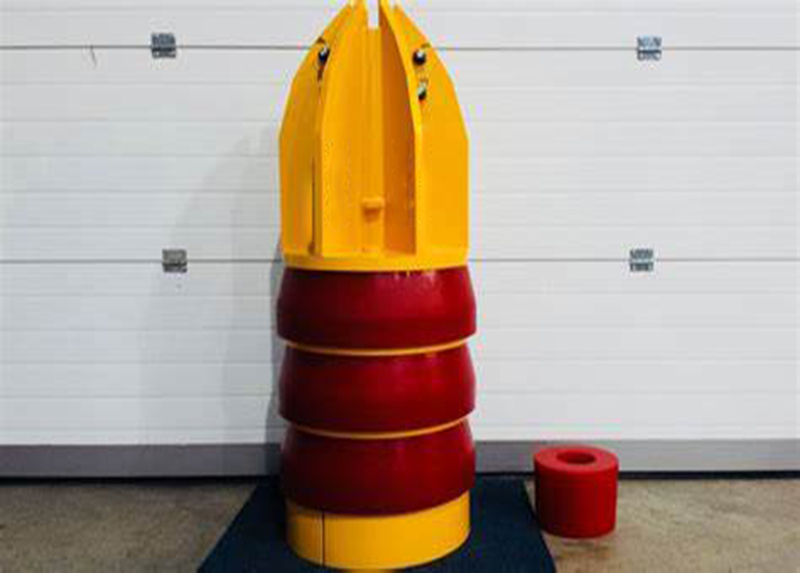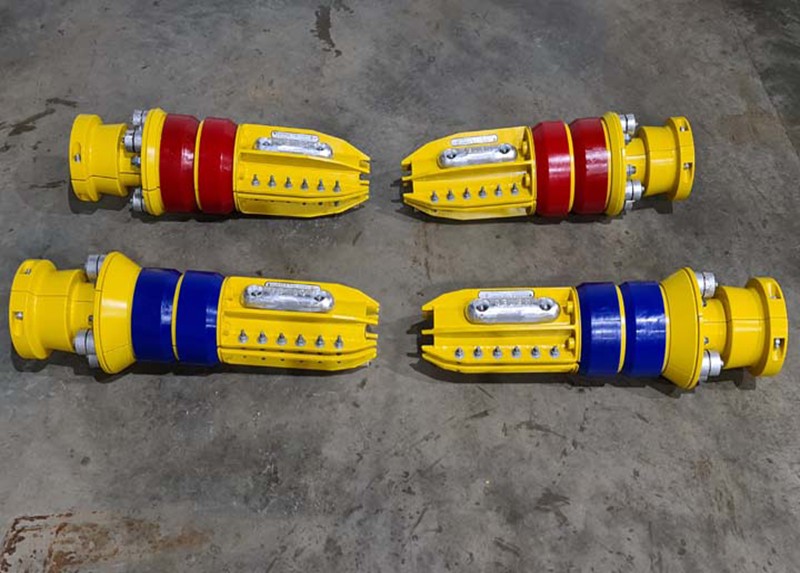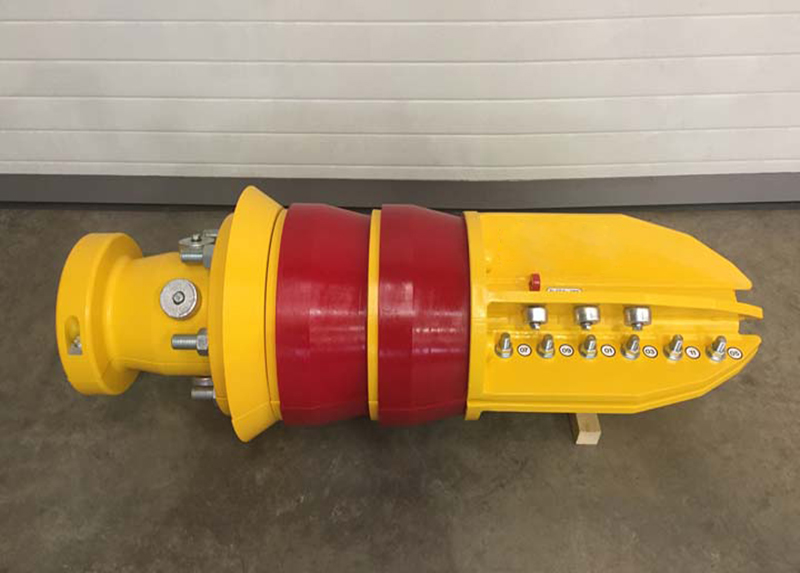Subsea J-Tube Seals Components
Subsea J-tube seals play a crucial role in offshore oil and gas exploration and production activities, particularly in subsea production systems. Unlike their terrestrial counterparts, subsea J-tubes and their seals operate under much more challenging conditions, including extreme pressures, corrosive saltwater environments, and potential interference from marine life. Here’s an in-depth look at subsea J-tube seals, their functions, and the technology behind them.
What is a Subsea J-Tube?
A subsea J-tube is a component attached to a subsea wellhead or a subsea tree. It is called a J-tube because of its distinctive J-shaped design, which facilitates the routing of various lines—such as hydraulic control lines, electrical cables, and chemical injection lines—from the surface to the seabed equipment. These lines are crucial for controlling and monitoring subsea operations.

Function of Subsea J-Tube Seals
The primary function of a subsea J-tube seal is to provide a watertight barrier around the penetrators (lines) passing through the J-tube. This seal ensures that seawater does not ingress into the lines, protecting sensitive electronic and hydraulic components from corrosion and failure. Additionally, the seal must withstand the immense hydrostatic pressures at depth, which can reach thousands of pounds per square inch (psi).
Key Characteristics of Subsea J-Tube Seals
Subsea J-tube seals are designed with several critical characteristics to perform their function effectively:
1. Pressure Resistance: Seals must be able to withstand pressures up to 15,000 psi or more, depending on the water depth of the installation.
2. Corrosion Resistance: Materials used in the seals need to be highly resistant to corrosion caused by saltwater and other marine conditions.
3. Sealing Materials: Typically, elastomeric seals are used, which can maintain their integrity under extreme pressure and temperature fluctuations.
4. Robust Design: Seals must be robust enough to withstand accidental impacts during installation and operation.
5. Longevity: Given the difficulty and cost associated with replacing subsea components, J-tube seals are designed to last for extended periods without maintenance.
6. Compatibility: Seals must be compatible with the various types of lines they protect, including their materials and operating temperatures.

Installation and Maintenance
Installation of subsea J-tube seals is a complex process that requires precision and expertise. Specialized equipment and procedures are used to ensure that the seals are properly seated and secured within the J-tube penetrators. Maintenance is primarily focused on monitoring the integrity of the seals and the condition of the penetrators. Any signs of wear, corrosion, or leakage necessitate intervention, which can involve sending down remotely operated vehicles (ROVs) to inspect or replace components.

Challenges and Solutions
One of the major challenges in subsea J-tube seal technology is dealing with the effects of aging and degradation over time. Innovations in material science have led to the development of advanced polymers and composites that offer improved resistance to environmental stresses. Additionally, ongoing research focuses on developing more reliable and durable seal designs that can further enhance the performance and safety of subsea operations.In conclusion, subsea J-tube seals are indispensable components in offshore oil and gas operations. Their ability to maintain the integrity of critical lines under extreme conditions is essential for the safe and efficient extraction of resources from beneath the ocean floor. Continuous advancements in seal technology will continue to play a pivotal role in supporting the growth of the global offshore industry.




